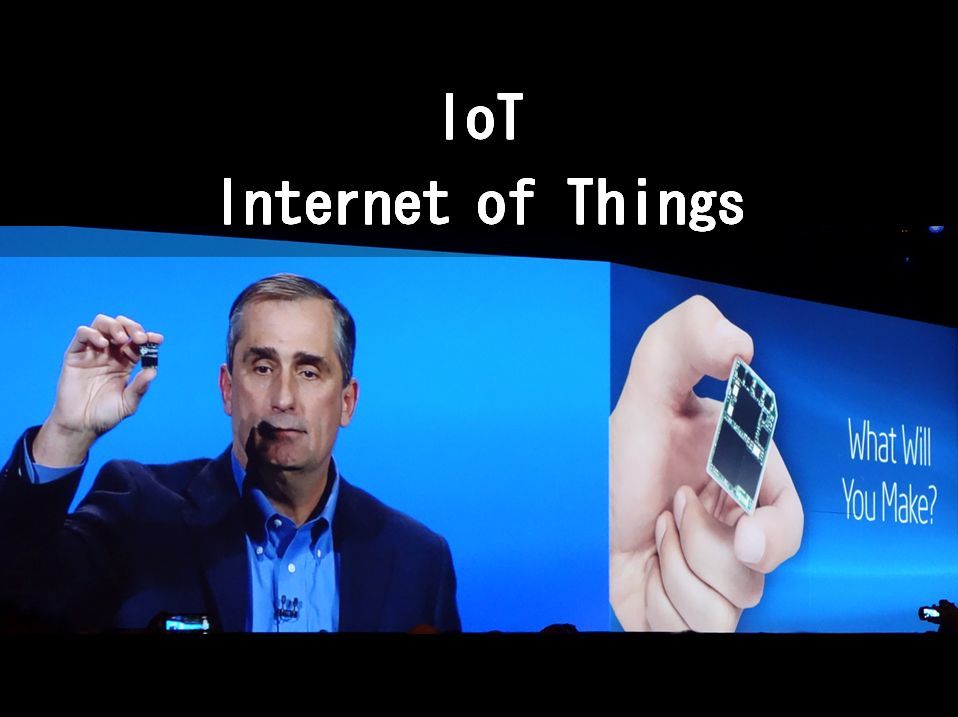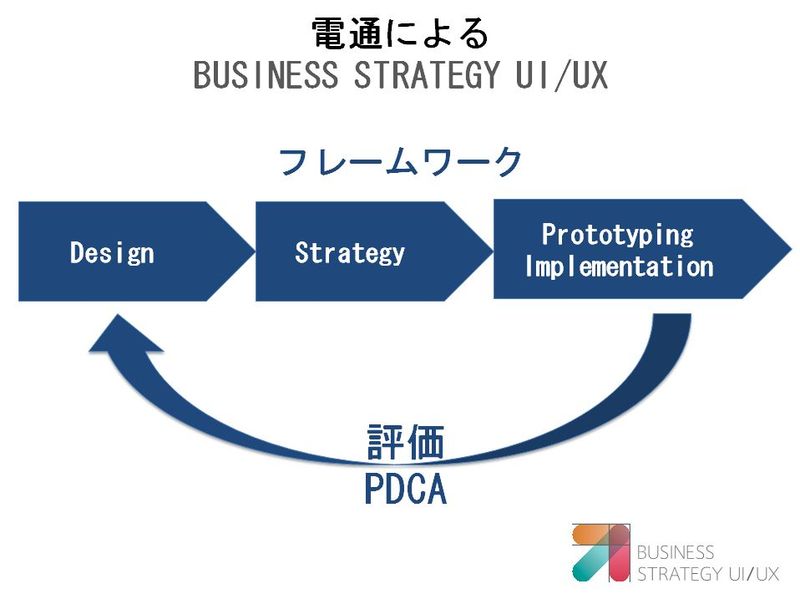The global technology trend "IoT (Internet of Things)" is gaining significant attention. Global companies are undertaking various initiatives toward a future where all things are connected via the internet. How should companies enhance their competitive advantage in the IoT world arriving in a few years? We explain three essential perspectives that cannot be overlooked.
The Rapidly Expanding World of IoT
We provide a broad overview of the latest trends in overseas technology companies using the example of CES (Consumer Electronics Show), introducing global trends from a wide perspective. CES, held annually in January in Las Vegas, is the world's largest consumer electronics show. Over 2,000 companies participate, showcasing products ranging from televisions and smart home appliances to fitness, wellness, and automotive technologies, attracting more than 100,000 attendees. Recently, mobile-related exhibits have increased as key drivers of innovation, with this year featuring particularly strong IoT (Internet of Things) announcements.

IoT, or the "Internet of Things," refers to a state where all objects are connected. This market is predicted to experience rapid growth. By 2017, the total number of previously unconnected items—such as automobiles, home appliances, light bulbs, power strips, and locks—connected to the internet is expected to surpass the combined total of PCs, tablets, and smartphones.
As one IoT solution, Intel announced its "Edison" chip. This SD card-sized device integrates communication capabilities and a CPU. Intel proposes that inserting it into various gadgets will spark innovation. In wearables, sensors embedded in glasses, watches, shoes, and other items connect to the internet, driving innovation within the products and services themselves. In healthcare, wellness, and lifestyle domains, gadgets monitoring health metrics like blood oxygen levels and pulse are connecting to the internet, giving rise to new solutions. On a larger scale, efforts are underway to connect homes and automobiles to the internet. Global corporations see significant business opportunities in a world where cars and the internet are connected. Major IT companies are already entering this nascent market and fiercely competing. AT&T positions the automotive sector as a major pillar of its business strategy. Through its "AT&T Drive" studio, it collaborates with technology companies and startups to research and develop automotive-related apps and interfaces, approaching the challenge from both mechanical engineering and internet business perspectives.
For IoT, APIs, open innovation, and digital contact points are crucial
In IoT, three elements are crucial: APIs (Application Programming Interfaces), open innovation, and contact points.
APIs are interfaces that allow digitally connected devices to exchange information. CMOs at global companies believe API utilization significantly impacts corporate communication and management strategy. An example of API utilization is the "hue" LED light. "hue" connects to the internet via a device called a "bridge," allowing users to control color, brightness, and on/off functions through apps on smartphones and other devices. By making this technology available via API, numerous apps capable of controlling "hue" have been developed by individuals and startups, enhancing the product's value.
Regarding open innovation, AT&T hosts "hackathons" 25 times a year. These events gather individuals and startups with exceptional technical or design skills to compete by proposing ideas or creating prototypes for new products. AT&T consistently produces 500 applications annually using its services. There is also a platform called "Quirky." It solicits ideas from general users, reviews and evaluates them, develops them into products, and provides sales and marketing support. It also leverages the patents and technology held by companies to commercialize products through external talent, resulting in products like the "Smart Egg Tray" for managing eggs in the refrigerator and the "Smart Air Conditioner."
From a contact point perspective, UI (User Interface)/UX (User Experience) becomes crucial. Thoroughly designing these can enhance product value. Dentsu Inc. provides a framework called "BUSINESS STRATEGY UI/UX." This involves deeply analyzing a company's business challenges, management strategy, and product strategy, then translating these insights into the product interface. The process involves strategizing, prototyping, evaluating through PDCA cycles, and finally arriving at the final design.

IoT represents the phenomenon where everything connects to the internet and becomes digitized, signifying the integration of internet business concepts into existing businesses. Even entities previously unrelated to the internet can achieve dramatic competitive advantages by rethinking their operations within the context of internet business. Key to this is open innovation, along with APIs serving as bridges, and the UI/UX that designs the contact points with the internet. While these technologies build functional value into products, we must also consider user-friendly, emotionally engaging expressions that excite. Marketers will increasingly need to leverage these technologies—previously the domain of information systems—to devise new ways of launching, presenting, and expanding products.




